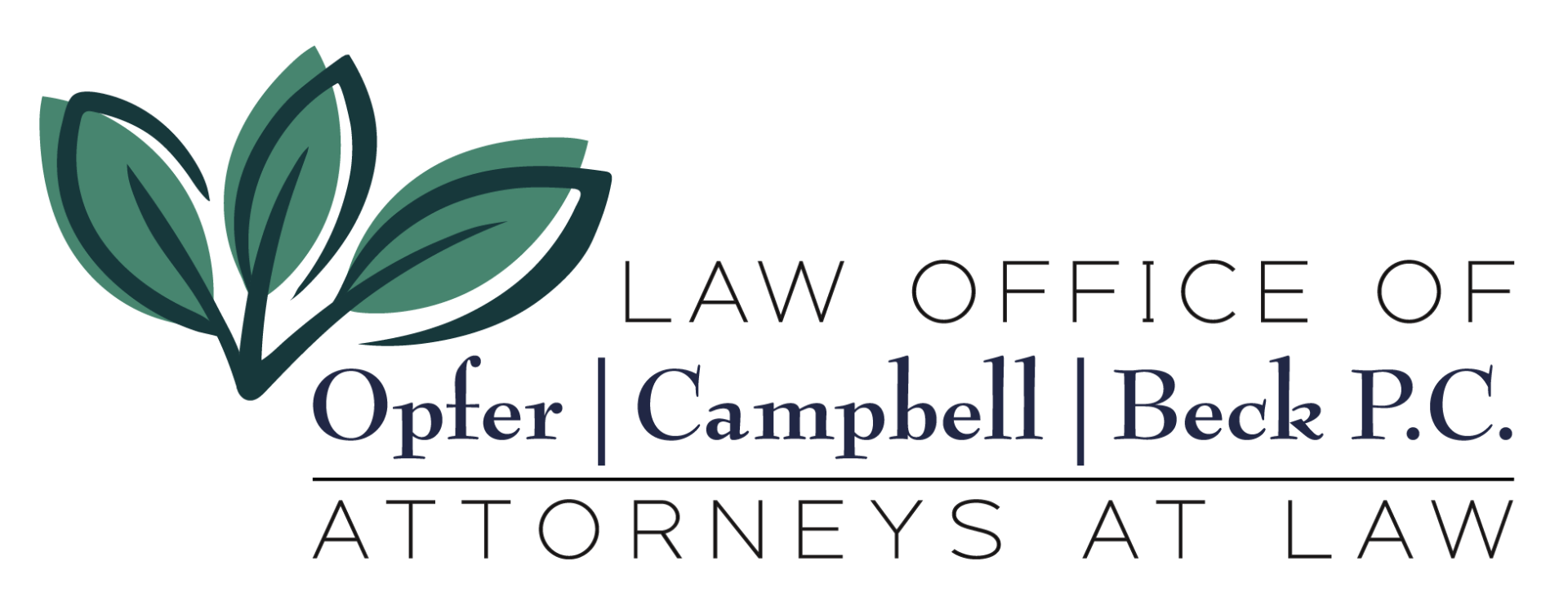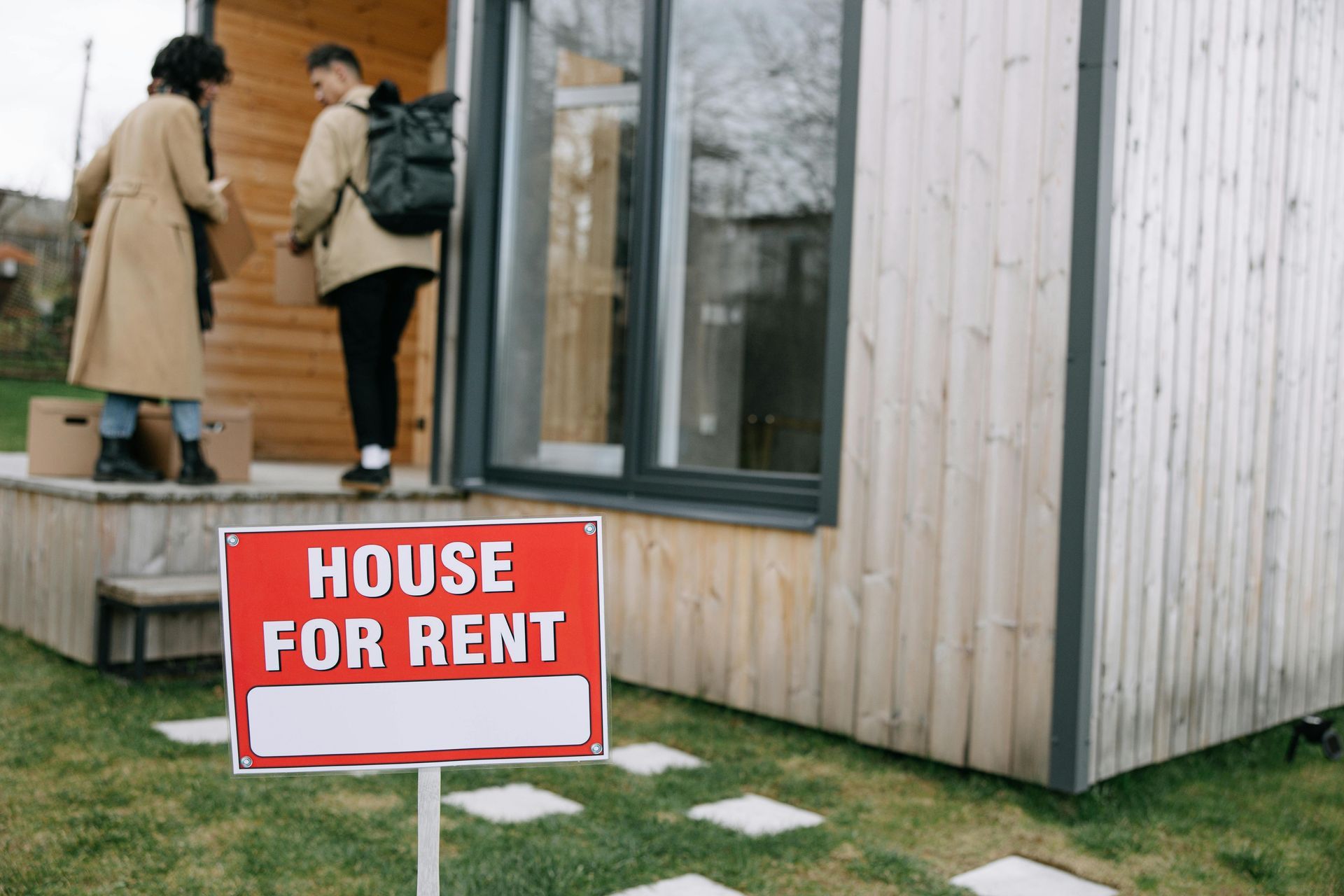Practice Areas
Embracing Diversity in Shared Custody
Supporting Each Other's Culture and Heritage

In a shared custody situation, fostering an environment that respects and celebrates both parents' cultures and heritage is essential for the emotional and social development of the children. This practice not only enriches their lives but also teaches them the value of diversity and mutual respect. Here are some key strategies for co-parents to support each other’s culture and heritage effectively.
Communicate Openly About Cultural Practices
Begin by discussing each other’s cultural practices and traditions openly. Share the significance of various customs, holidays, and rituals with each other. Understanding the importance behind these traditions helps both parents appreciate and support them more fully. Open communication lays the foundation for mutual respect and cooperation.
Incorporate Both Cultures in Daily Life
Incorporate elements from both cultures into daily life and routines. This can include language, food, music, and stories. For instance, you might cook traditional meals from each culture or listen to music from both heritages. Exposing children to a diverse range of cultural experiences helps them develop a strong sense of identity and appreciation for their background.
Celebrate Holidays and Traditions Together
Whenever possible, celebrate cultural holidays and traditions together. Joint celebrations can be a powerful way to show children that both cultures are valued and respected. If celebrating together isn’t feasible, ensure that the children have the opportunity to participate in each parent’s cultural traditions. Share stories and explain the significance of these celebrations to make them more meaningful.
Educate and Involve Extended Family
Educate and involve extended family members in supporting the children’s cultural heritage. Encourage grandparents, aunts, uncles, and other relatives to share stories, traditions, and cultural practices. This involvement strengthens the children’s connection to their heritage and provides them with a broader support network.
Create a Multicultural Environment at Home
Create a multicultural environment in both homes by decorating with items that reflect both heritages. This can include artwork, books, and cultural artifacts. A multicultural environment helps children feel connected to both sides of their family and reinforces the importance of their diverse background.
Encourage Learning and Exploration
Encourage your children to learn about and explore both cultures. This can be through books, movies, cultural events, and community activities. Supporting their education and curiosity about their heritage helps them develop a deeper understanding and appreciation of their background.
Respect and Support Each Other’s Efforts
Respect and support each other’s efforts to maintain cultural traditions. Avoid dismissing or undermining the other parent’s cultural practices, even if they are different from your own. Show genuine interest and willingness to learn about the other culture. This attitude sets a positive example for the children and fosters a respectful co-parenting relationship.
Address and Resolve Cultural Conflicts Amicably
Cultural differences can sometimes lead to conflicts. Address these conflicts amicably and with a focus on understanding and compromise. Seek to resolve disagreements in a way that respects both cultures and prioritizes the well-being of the children. If necessary, seek the assistance of a mediator or cultural advisor to navigate these challenges.
Highlight Common Values
Focus on common values and principles shared by both cultures. Emphasize the similarities and shared goals in raising the children, such as the importance of family, respect, and education. Highlighting common values can bridge cultural differences and create a unified approach to parenting.
Be Flexible and Adaptable
Be flexible and adaptable in integrating cultural practices. Recognize that cultural traditions may need to be adjusted to fit the new family dynamic. Being open to adaptation ensures that both cultures are honored in a way that works for everyone involved.
Conclusion
Supporting each other’s culture and heritage in a shared custody situation requires openness, respect, and a commitment to celebrating diversity. By integrating cultural practices into daily life, celebrating traditions together, and fostering a multicultural environment, co-parents can provide their children with a rich and inclusive upbringing. This approach not only strengthens the children’s sense of identity but also teaches them the value of respecting and embracing differences.












